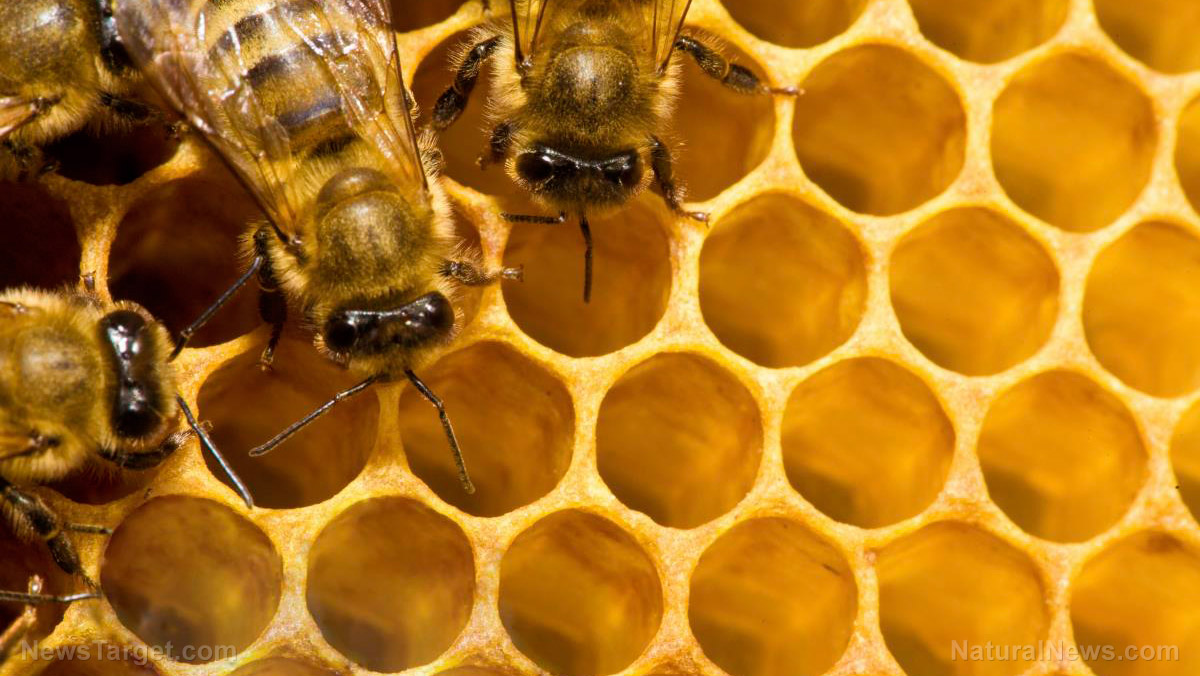Mass WIPEOUT of insects happening now across the U.K… has Earth been poisoned to death?
09/04/2017 / By Isabelle Z.

Drivers in the U.K. have noticed a lot fewer insects colliding with their windshields recently. This might sound like good news on the surface. After all, no one wants to kill bugs while they’re driving, and scrubbing their remains off the windshield isn’t the most pleasant task, either. However, this absence of insects on cars is part of a wider problem where insect populations are dwindling around the world to alarming levels.
In the past few decades, experts have noted sharp drops in the numbers of many of the insects that once thrived on our planet. A study published in Science in 2014 found that invertebrates had declined by 45 percent over the last four decades. This calculation included spiders, worms, slugs and other insects. In the U.K. alone, the number of bees, butterflies, wasps and beetles has dropped by as much as 60 percent. The Zoological Society of London reached a similar conclusion following a major survey that revealed that many insect populations around the world are dropping dramatically, hurting ecosystems and depriving bigger animals of food.
In Germany, meanwhile, entomologists noticed a drop in the number of insects in one trapping site of 80 percent in the years from 1989 to 2013. This was far from an oddity; more than a dozen additional sites showed similar declines. These reductions are grim news for the birds who eat insects, who have seen four fifths of their food disappear in the last 25 years.
Pesticide use blamed for the “windscreen phenomenon”
Experts say this “windscreen phenomenon” can be blamed largely on the rise in pesticide use. Studies have linked more than 57 pesticides to the worldwide decline in the bee population. Insects like the monarch butterfly are also disappearing in droves. The Berlin Natural History Museum’s Insect Custodian, Jurgen Deckert, fears that people won’t take notice of the decline until it is too late to do anything about it. Insects play important roles in pollinating crops, maintaining beneficial soil composition, controlling pests and even helping water filtration.
Loss of bees puts our food supply at risk
One type of insect in particular that is suffering greatly from pesticides is the bee. Bee colonies in general have decreased by around one third since 2006 because of these chemicals and the loss of flowery grassland. Earlier this year, the rusty patched bumble bee was added to the endangered species list after their population fell by 87 percent. These bees pollinate essential crops like tomatoes, peppers and cranberries.
Neonicotinoid pesticides affect the bees’ ability to communicate and navigate, which is a big danger for all of society given their crucial role in pollinating food crops. The Natural Resources Defense Council reports that every third bite of food a person takes was pollinated by a bee or other pollinator, which means lots of food crops are at risk.
A recent study found that a quarter of the bees exposed to neonicotinoid pesticides die, while those that survive suffer from memory and learning deficits and reproductive problems. It also weakens their immune systems, thereby allowing parasites and viruses to easily destroy entire colonies. These pesticides are water soluble, which means they can be incorporated into the soil, where plants can then absorb them. This has made them very popular, but their impact on the ecosystem is extremely concerning and many areas are putting neonicotinoid bans into place as a result.
While pesticide use is perhaps one of the biggest contributors, another problem is the spread of monoculture crops like soybeans and corn, creating biological deserts that are devoid of ponds and hedges where insects can reproduce. While neonicotinoid bans are a great start, there needs to be a much more concerted effort to turn this situation around before the damage gets worse.
Sources include:
Tagged Under: bee population, bees, food chain failing, food supply, insects, mass death, Monarch Butterfly, monoculture danger, neonicotinoids, pollinators
RECENT NEWS & ARTICLES
COPYRIGHT © 2017 ENVIRON NEWS




















